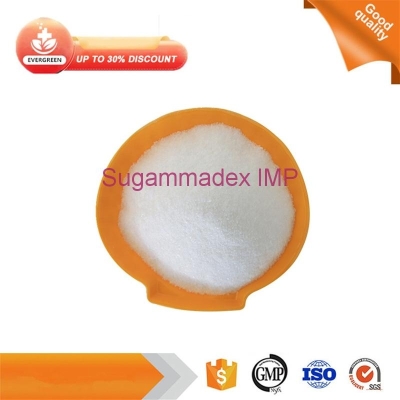-
Categories
-
Pharmaceutical Intermediates
-
Active Pharmaceutical Ingredients
-
Food Additives
- Industrial Coatings
- Agrochemicals
- Dyes and Pigments
- Surfactant
- Flavors and Fragrances
- Chemical Reagents
- Catalyst and Auxiliary
- Natural Products
- Inorganic Chemistry
-
Organic Chemistry
-
Biochemical Engineering
- Analytical Chemistry
- Cosmetic Ingredient
-
Pharmaceutical Intermediates
Promotion
ECHEMI Mall
Wholesale
Weekly Price
Exhibition
News
-
Trade Service
In the lower pasum, robust and classic inflammatory activation has been found to lead to diseases such as anorexia and decay.
, in rodent models and in humans, inflammation of the lower pasal brain is important for the pathogenesis of dietary obesity and associated metabolic disorders.
of the lower pasum has recently been implicated in a wider range of metabolic diseases, from obesity to type 2 diabetes, cardiovascular disease, and metabolic syndrome. More than
molecular media or pathways have been identified as key members of the inflammation of the healing brain, including nutrients, cytokines, covide factors, signaling molecules, endoplasms and oxidative stress, and autophagy disorders.
small glial cells, astrocytes, macrophages around blood vessels and neurons are key cell types that contribute to inflammation of the heteroblast associated with metabolic disorders.
evidence that small glial cells and asstary glial cells play a key role in the lower pasumular dysfunction associated with obesity and diabetes.
of the lower pasum brain plays an important role in disrupting eating behavior and energy balance, as well as the pathogenesis of obesity and diabetes.
recently, researchers published a paper in the journal Nature Communications showing that acetone dehydrogenase kinase (PDK)-2 plays an important role in the inflammation of the lower pasal brain and its sequelae in diabetic mouse models.
specific gene ablation and drug suppression experiments of PDK2 in PDK2 cells in the heteroctic brain star glial cells showed that the heteroctic star glial cells were involved in the diabetes esotype.
researchers also showed that the PDK2-lactic acid axis played a regulatory role in the metabolic imbalance and lower pasalpyric inflammation observed in primary astrological glial cells and organ-like cultures in mice, regulating eating behavior through AMPK signaling path paths and neuropeptide circuits.
, the results revealed that PDK2 ablation or inhibition in asetar glial cells in mice reduced diabetes-induced inflammation of the lower pasalpycleary brain and subsequent changes in eating behavior.







